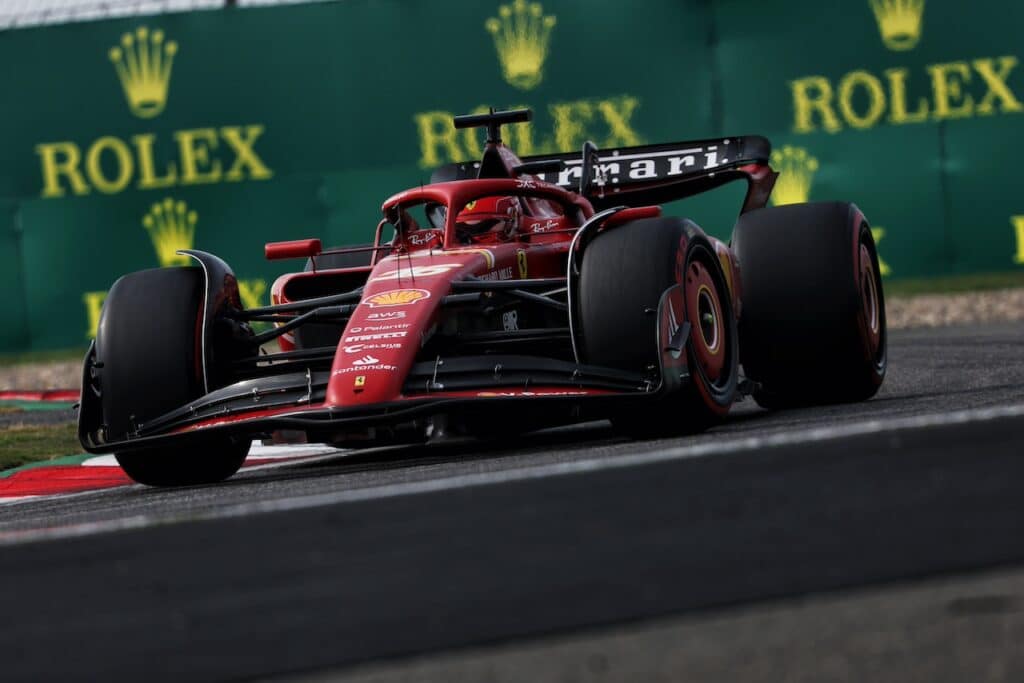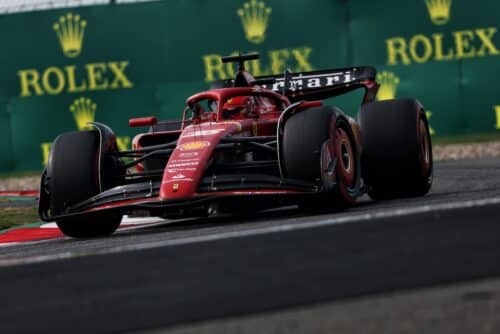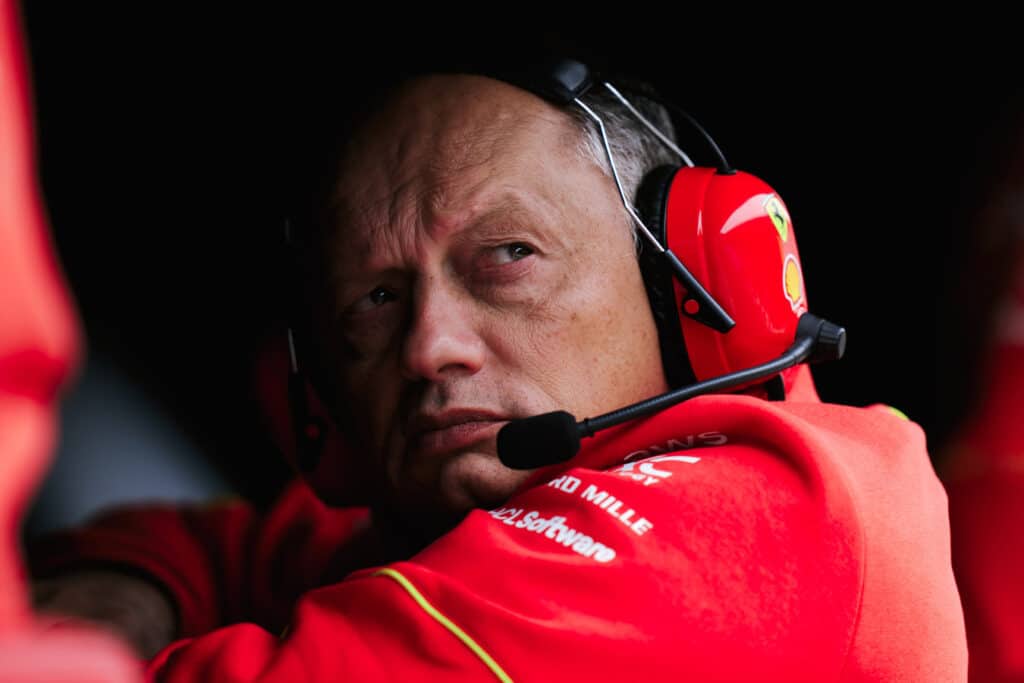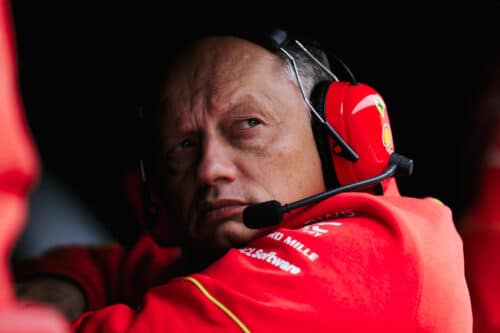Ferrari SF16-H: Technical Analysis
Let's discover the secrets of the new Red
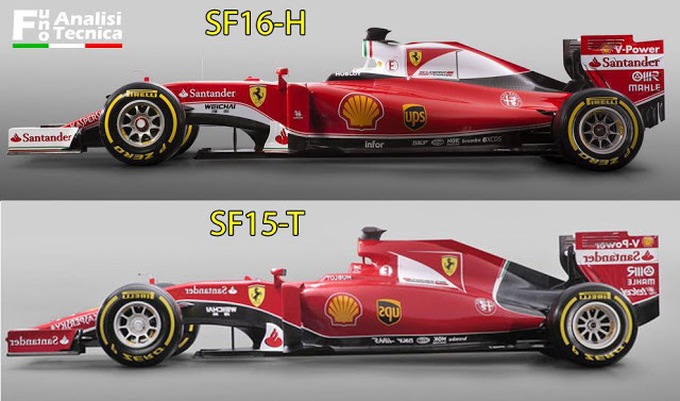
The long-awaited Ferrari SF16-H has finally been revealed, the car with which the Scuderia di Maranello will try to bring the title back to Italy which has been missing for several years now.
On a technical level, as we announced several weeks ago, the Ferrari SF16-H, the first project born from the minds of the Allison - Resta - Binotto trio, will present many new features and represents a real breaking point with the cars that they preceded.
Let's analyze, in detail, the various areas of the car:
A MUZZLE VERY SIMILAR TO THE ONE USED BY REDBULL IN 2015
To try to increase the aerodynamic load, thanks to the greater flow of air under the nose, the long version mounted on the SF15-T was abandoned, opting for a much shorter version, very similar to the Red Bull nose used at the GP of Spain 2015 (as well as the pylons). It will be interesting to understand whether the version of the nose shown today will undergo further interventions during winter testing or during the very first races of the season.
THE FRONT WING IS THE ONE INTRODUCED IN THE 2015 US GP
The front wing shown on the SF16-H mannequin is definitely a temporary wing, as it is the same one used on the SF15-T from the Austin GP. We note the presence of a flow diverter anchored on the main profile, the presence of a two-element upper flap with two other small flow diverters to move the air flow in the external area of the tyres. On the mainplane there is a very large blowout that runs along the transverse axis of the car and the entrance part of the now famous tunnel (area colored black) has an angular and slightly rounded shape. As for the blower hubs, although capped in the dummy shown to us today, they seem to also be confirmed on the 2016 car.
WE FINALLY RETURN TO THE PUSH ROD FRONT SUSPENSION
After 4 seasons of using the pull rod front suspension, Ferrari returned to using the strut (push rod) scheme. On the front suspension we tried to work as hard as possible in the positioning of the elements that compose it to try to create the minimum aerodynamic disturbance possible. Apparently, the tuning fork pattern on the lower suspension triangle does not appear to have been retained.
A VANITY PANEL HIDING A POSSIBLE S-DUCT
Looking closely at the sample images shown by Ferrari you can see how a vanity panel has been applied to the upper part of the nose of the new Ferrari; this could hide the fact that the Italian team, starting from the tests scheduled for next week, is using its own version of S-Duct. This technical detail, to finish the discussion, was never confirmed to us during the pre-season. But the Barcelona tests are almost over!
THE SF16-H HAS NEW FLOW DIVERTERS
Even in the central area, Ferrari has introduced numerous innovations. The flow diverters now have a new shape, maintaining the "bridge" scheme even if now the internal part, which was composed of a fin useful for generating vortices to energize the flow sent to the rear, has been eliminated. The external bridge part has also undergone changes in size and shape. The white diverter connected (which now also has the Italian flag) to the bottom of the car has remained the same as the one mounted on the Ferrari SF15-T. As for the air intakes, it can be said that they have remained surface-wise, very similar to those present on the SF15-T even if the shape has been slightly changed.

A GREAT WORK ON THE VEHICLE BODY AND THE REAR
The extensive work carried out on the internal layout of the Power Unit components has allowed the Maranello engineers to create sides that tighten earlier than what happened on the SF15-T. Thanks to a very deep taper (see the last photo), the quantity of air arriving in the upper part of the diffuser this season will be much greater than in 2015.
As regards the airscope, useful for bringing air to the engine, you can see from the first photo of the article how the shape has changed, while the size has remained very similar.
The bonnet certainly has a less accentuated fin and a very particular final part, since as you can imagine, Ferrari uses this part of the bodywork for purely aerodynamic purposes. Thanks to the channeling of the air passing through the bonnet, it feeds the entire upper part of the diffuser, trying to maximize the generation of aerodynamic load from this component.
The 9 blowholes introduced in the 2015 Singapore GP have been kept on the bottom, near the rear wheels, and are used as real flow dividers in order to allow a greater flow of air into the upper area of the diffuser and thus increasing the load generated. In practice, the vorticity is increased to try to seal the bottom of the car and the area between the tire and diffuser as much as possible. With these slots a higher pressure difference between the upper and lower part of the diffuser is obtained, thus increasing the aerodynamic load generated.
The single-pylon solution at the rear to support the rear wing has been confirmed with the monkey seat directly attached to the support pylon. This pylon, as will be seen later (perhaps already from the tests), is inserted into the exhaust, somewhat reproducing the solution used by Toro Rosso in 2015. By doing so, Ferrari hopes to obtain a small aerodynamic advantage from the pylon inside the exhaust , which is to "straighten" a very turbulent flow exiting the turbine. As you can clearly see from the image below, in addition to the main exhaust, two small wastegate exhausts located on the sides of the main one were used, as required by the 2016 regulation. Solution very similar to that taken by Mercedes, even if the two exhausts will be in a position, as far as we know, more external on the Italian Power Unit.
To conclude, Ferrari showed us a lot, but not everything, so we are already expecting some technical innovations compared to the dummy seen today, in the first tests that will begin next Monday on the Barcelona circuit. Not to mention the many changes under the hood! It's just the beginning dear readers.
Cristiano Sponton e Piergiuseppe Donadoni
if you want to always be updated on our news
Follow us here
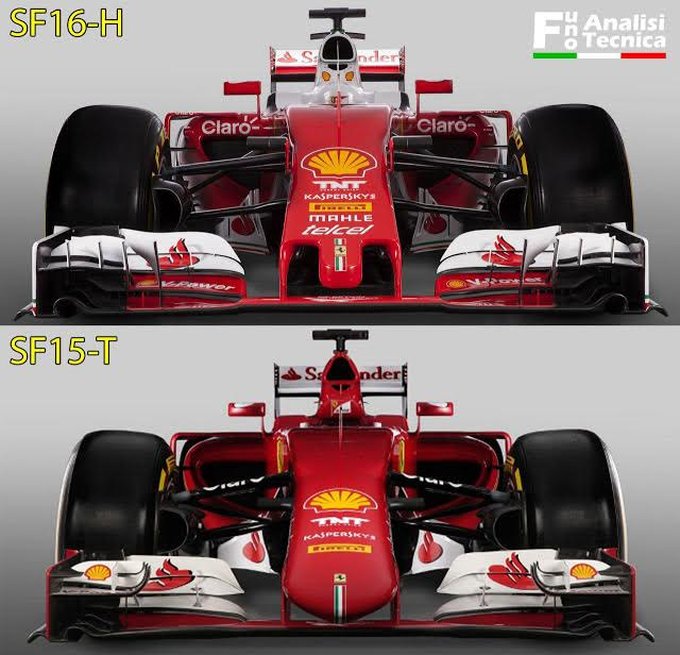
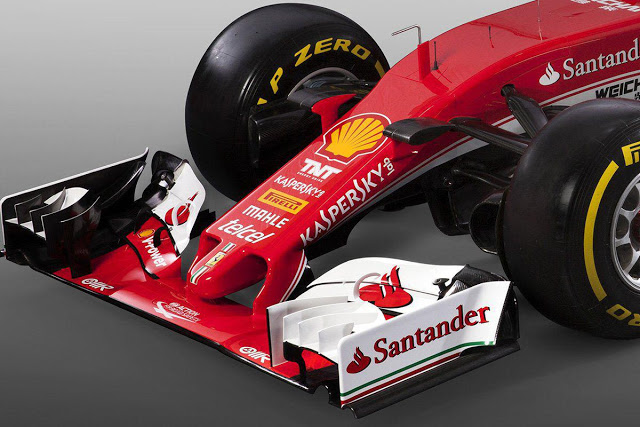
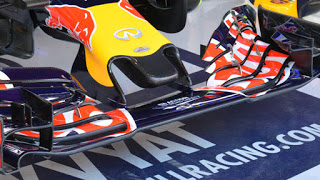




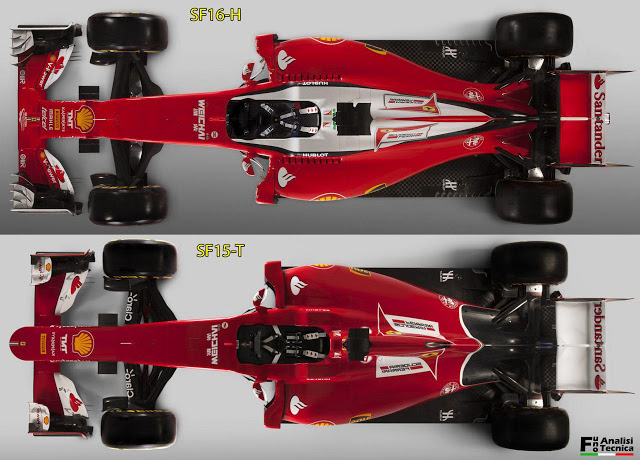
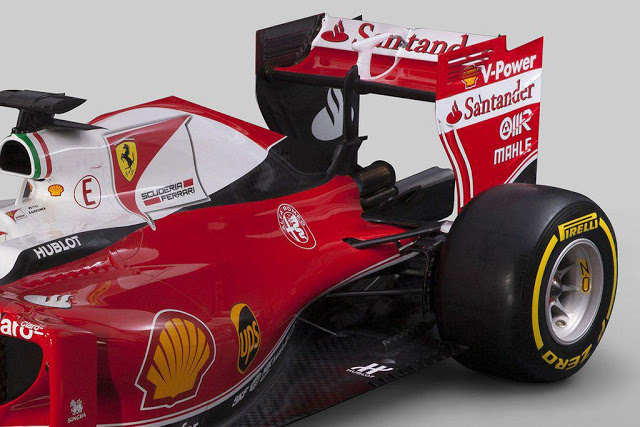
![Formula 1 | Focus: the special liveries in the history of Ferrari [PHOTO]](https://f1grandprix.motorionline.com/wp-content/uploads/2024/04/focus-ferrari7-1-1024x680.jpg)
![Formula 1 | Focus: the special liveries in the history of Ferrari [PHOTO]](https://f1grandprix.motorionline.com/wp-content/uploads/2024/04/focus-ferrari7-1-500x332.jpg)
